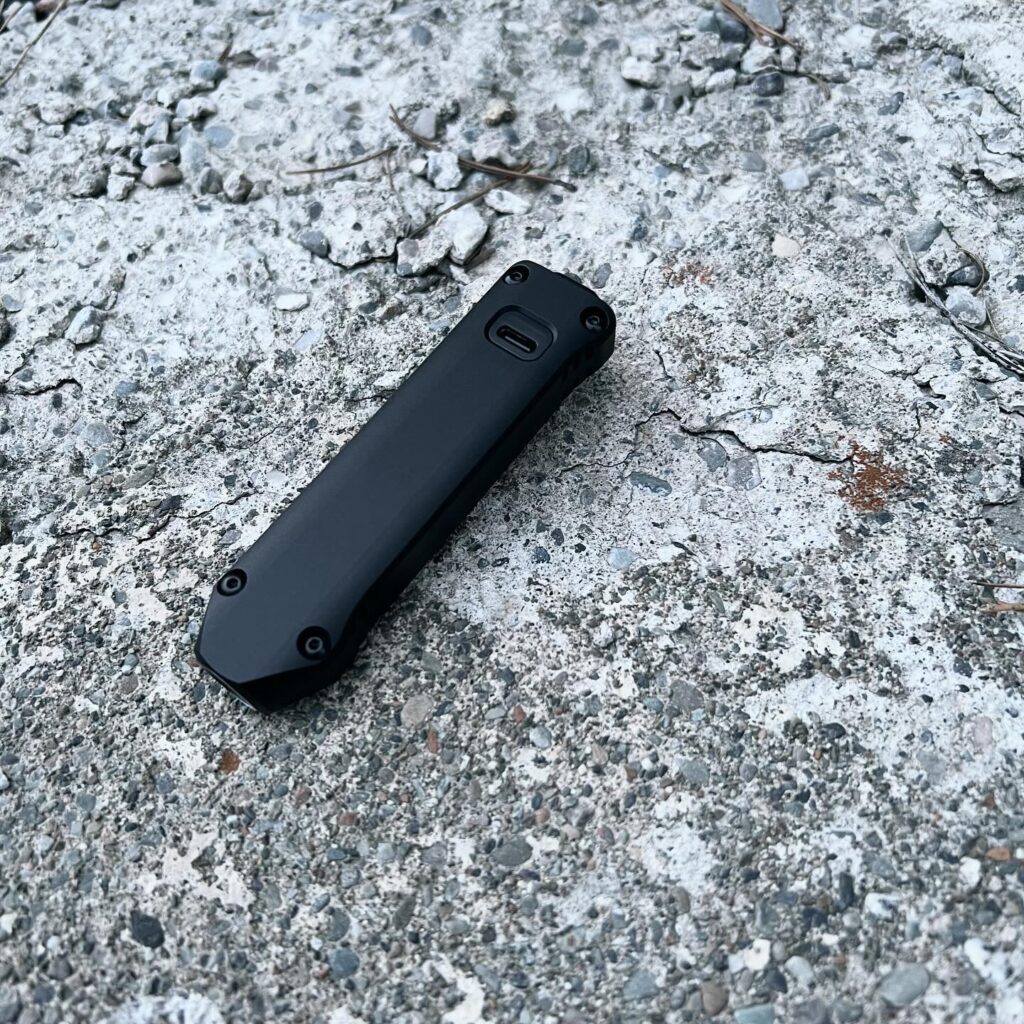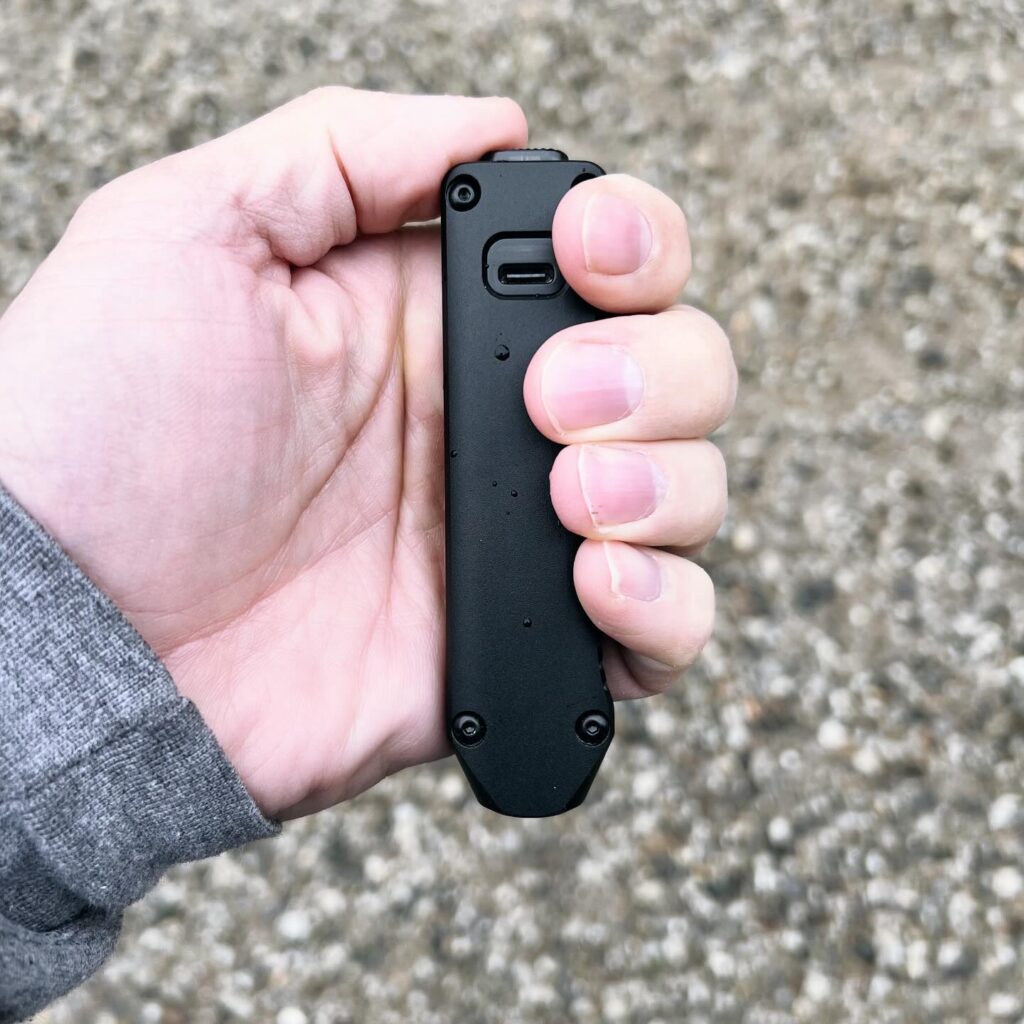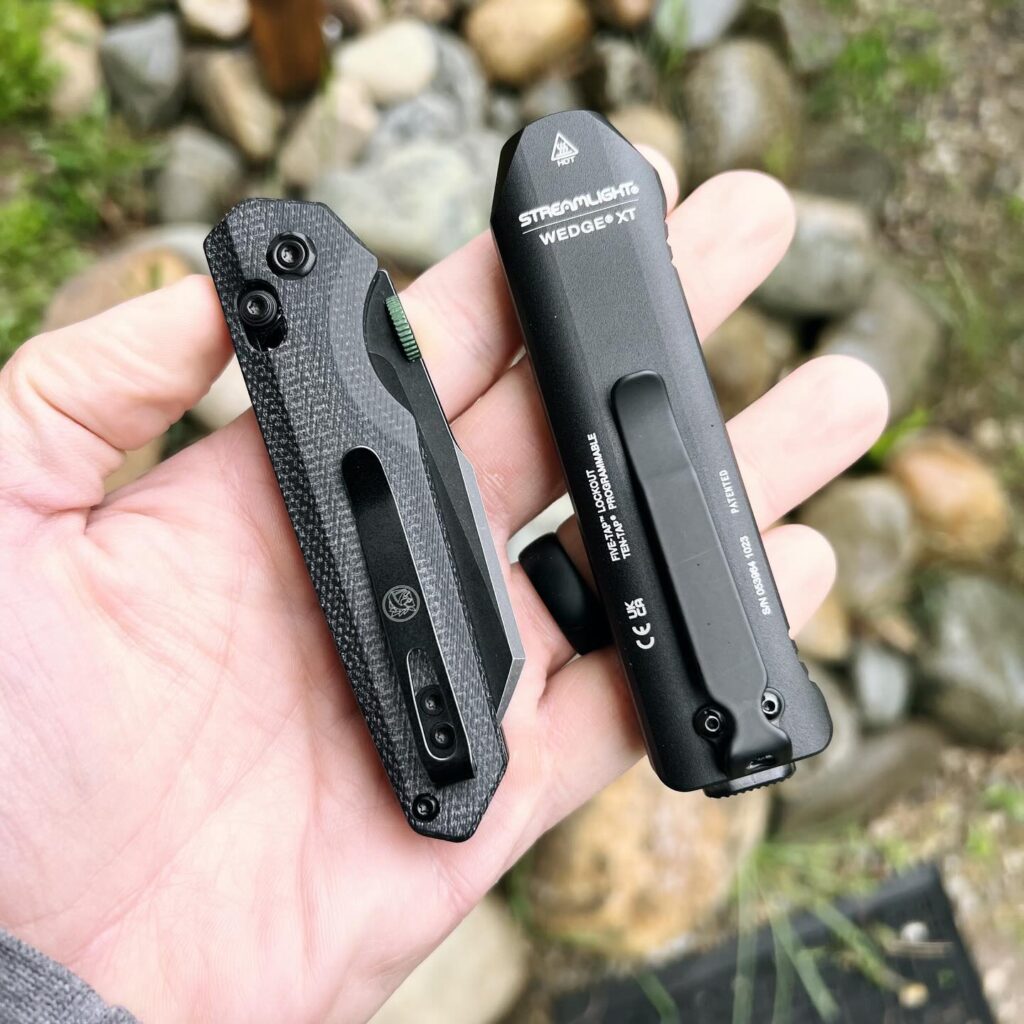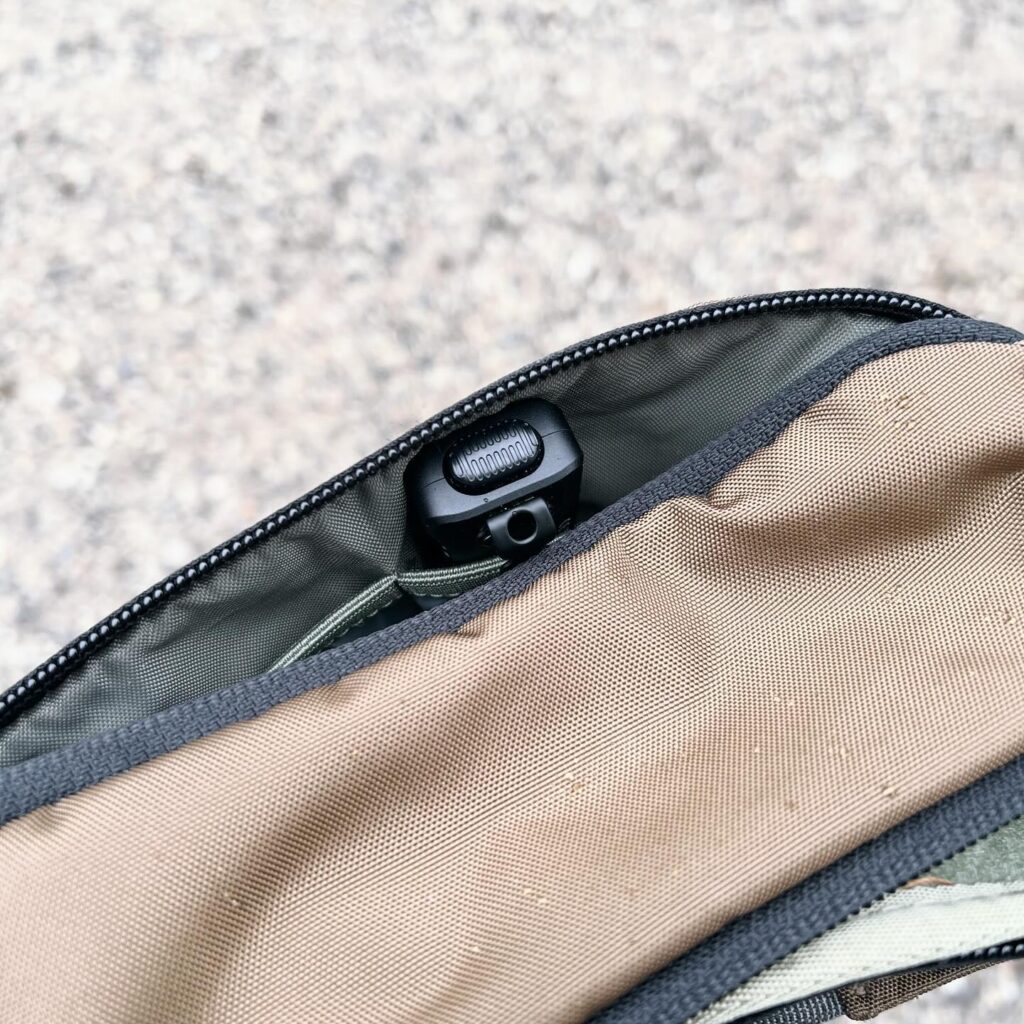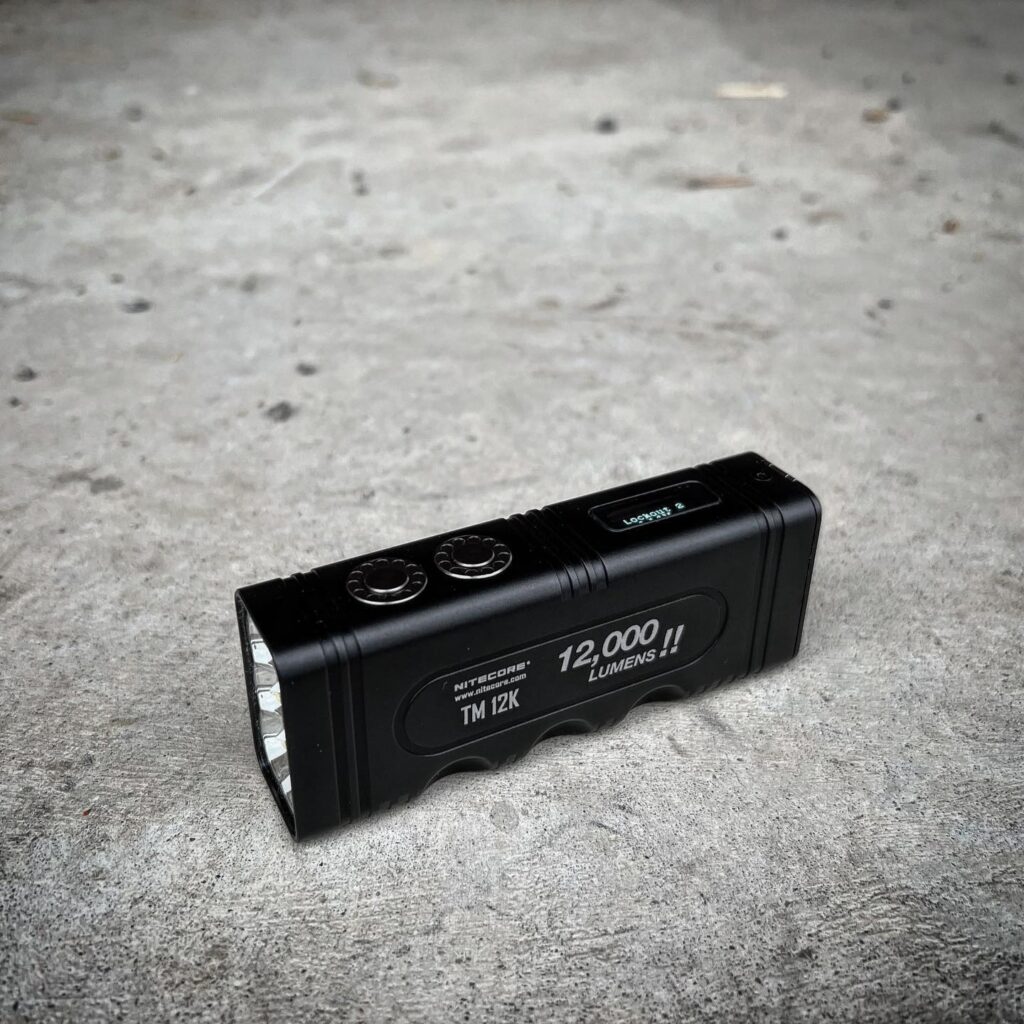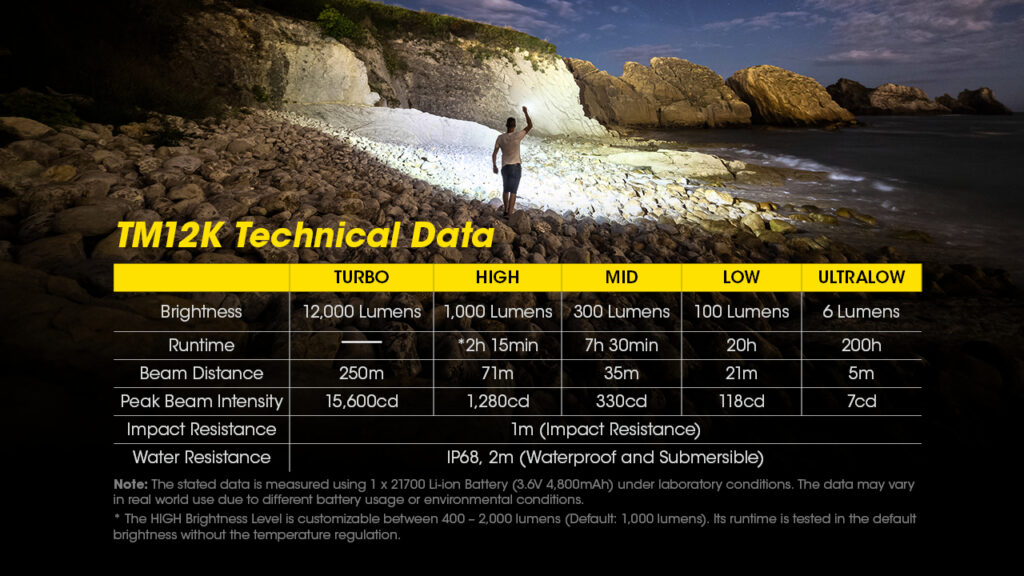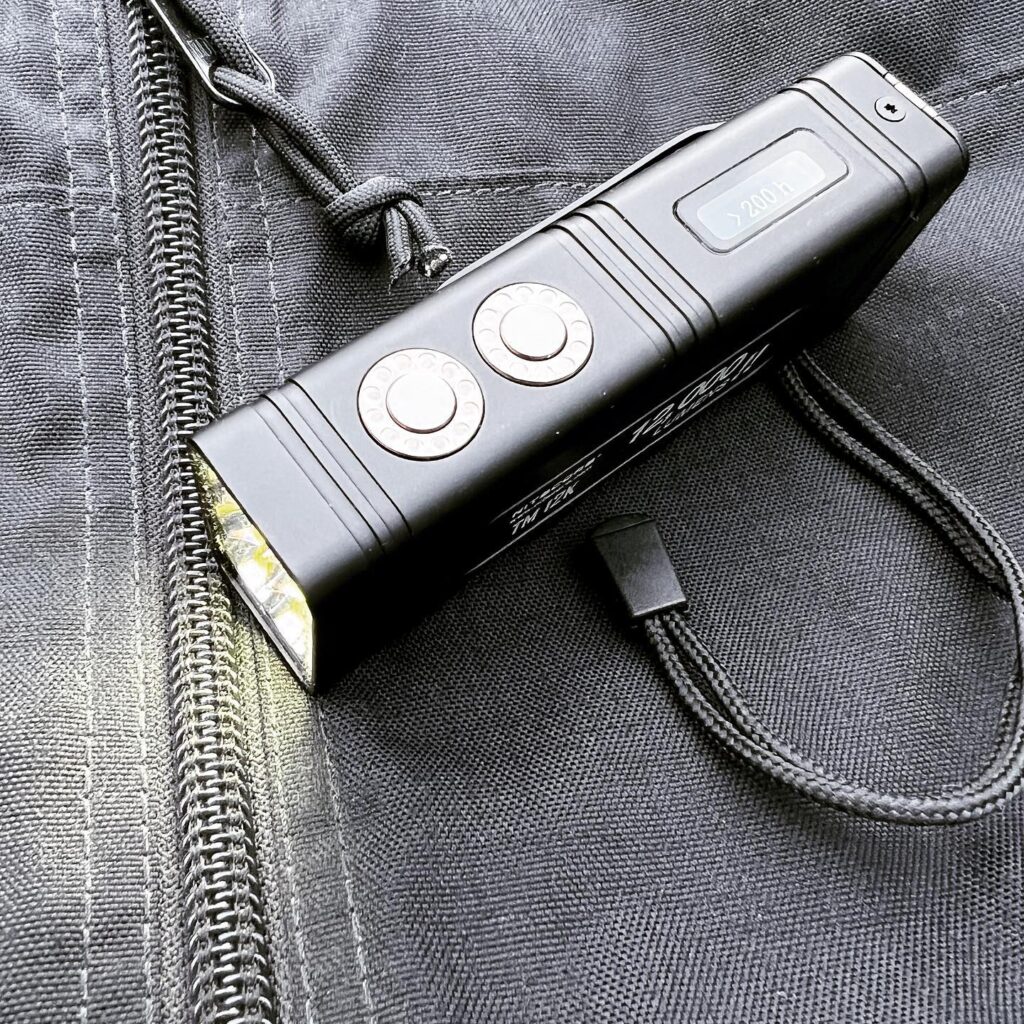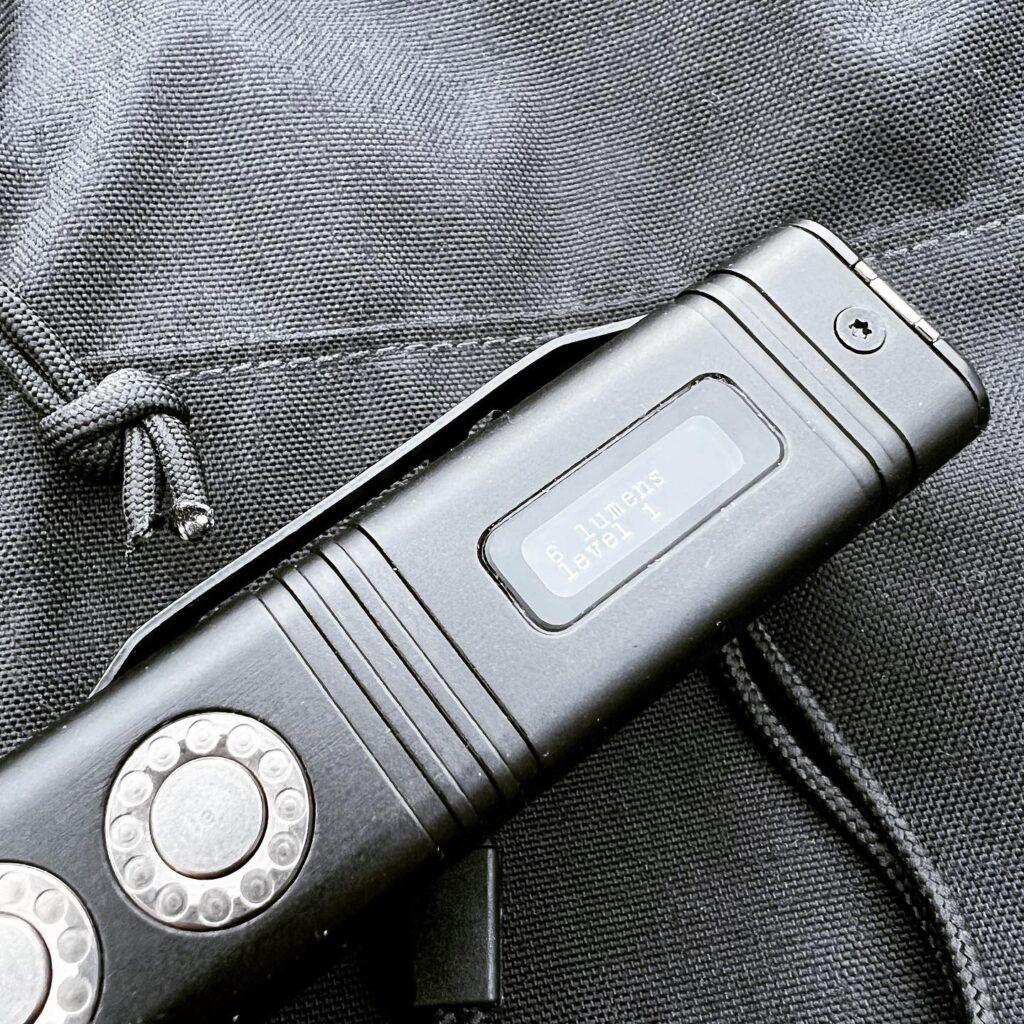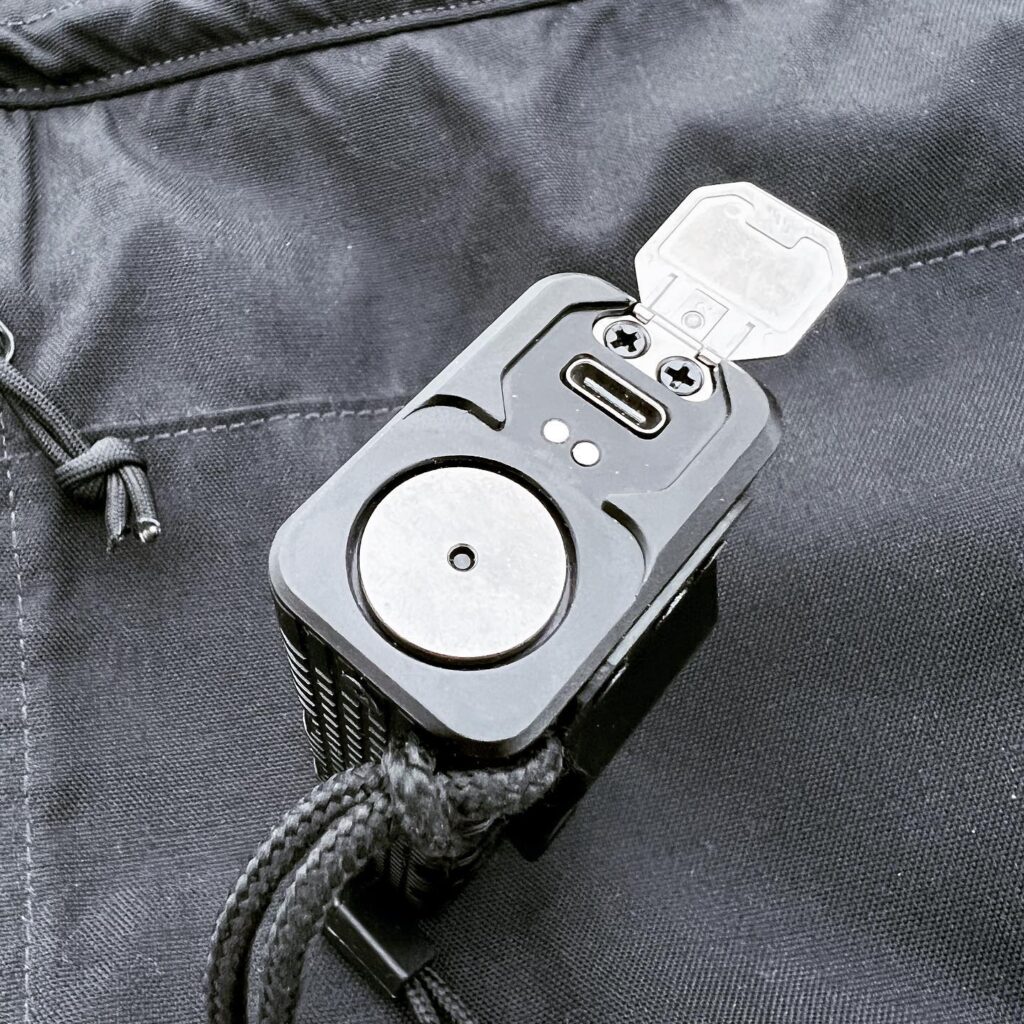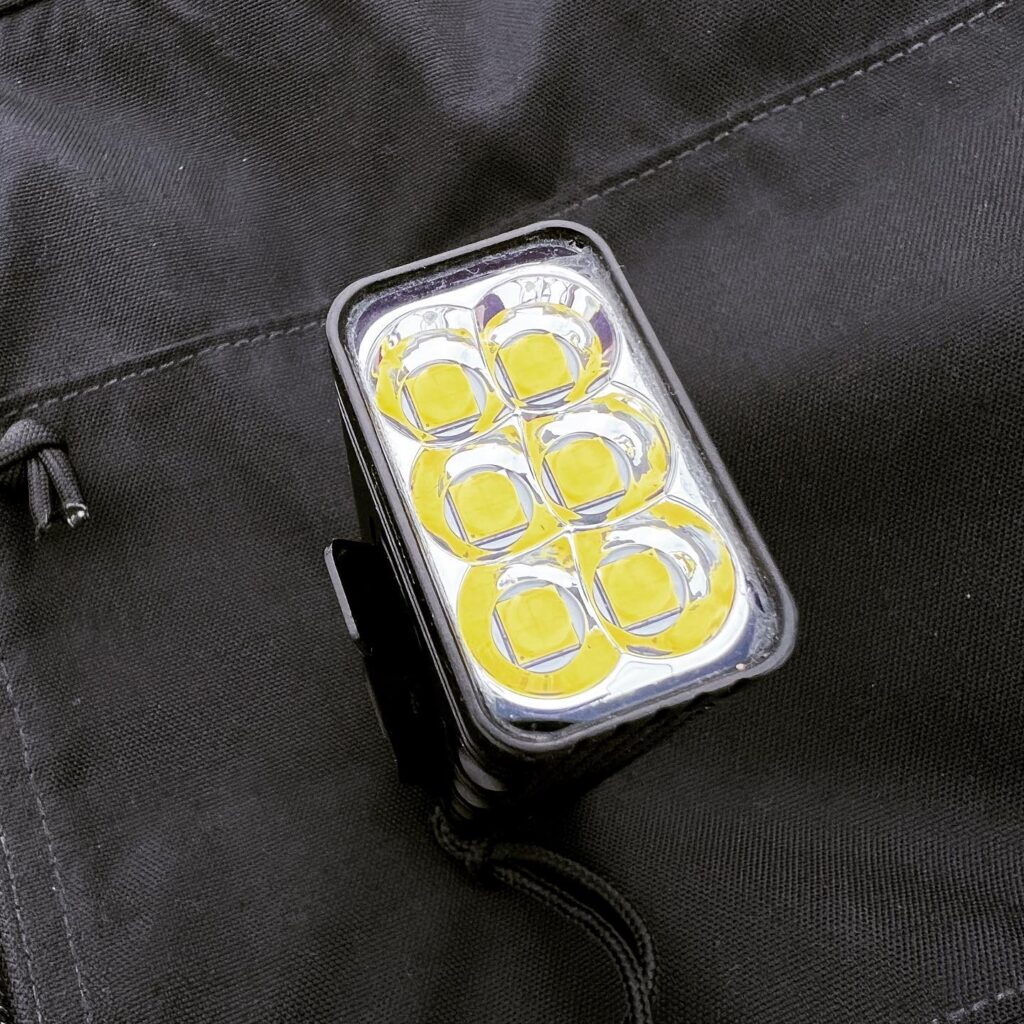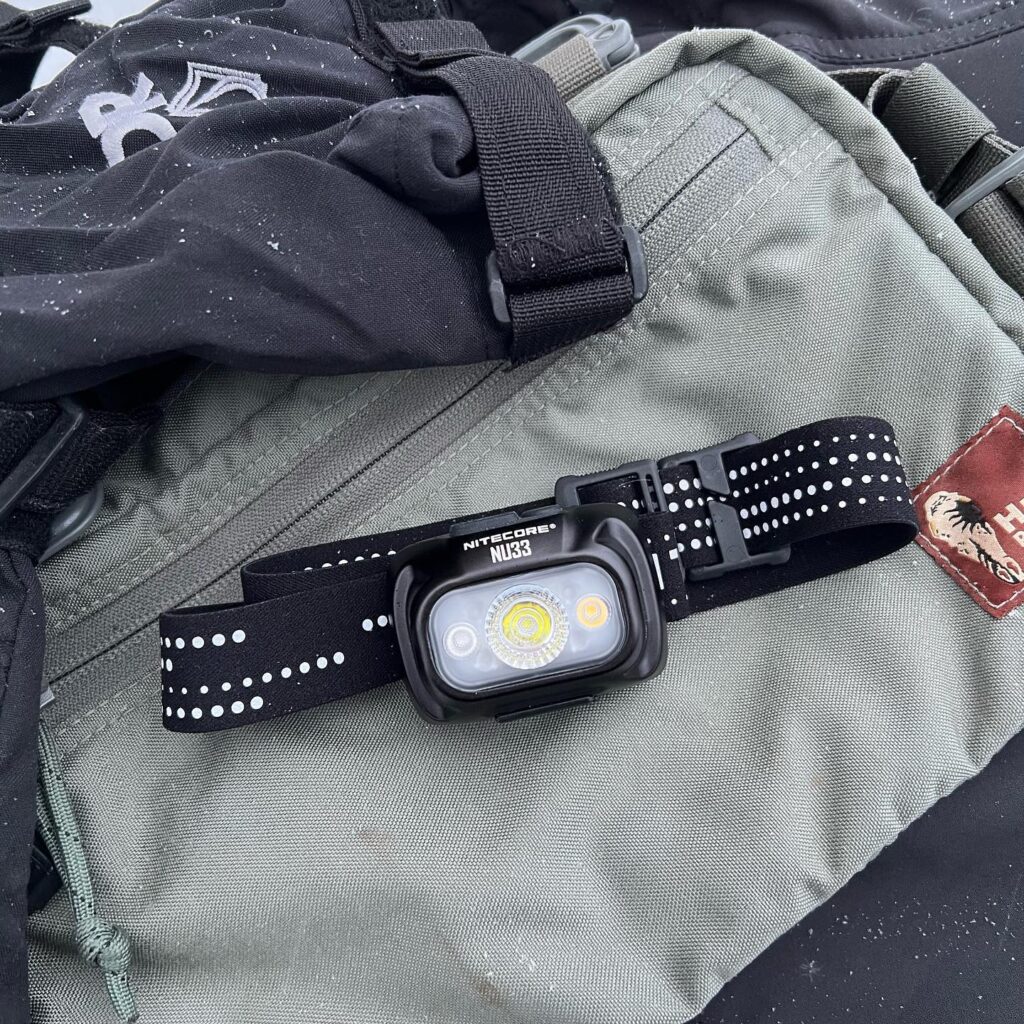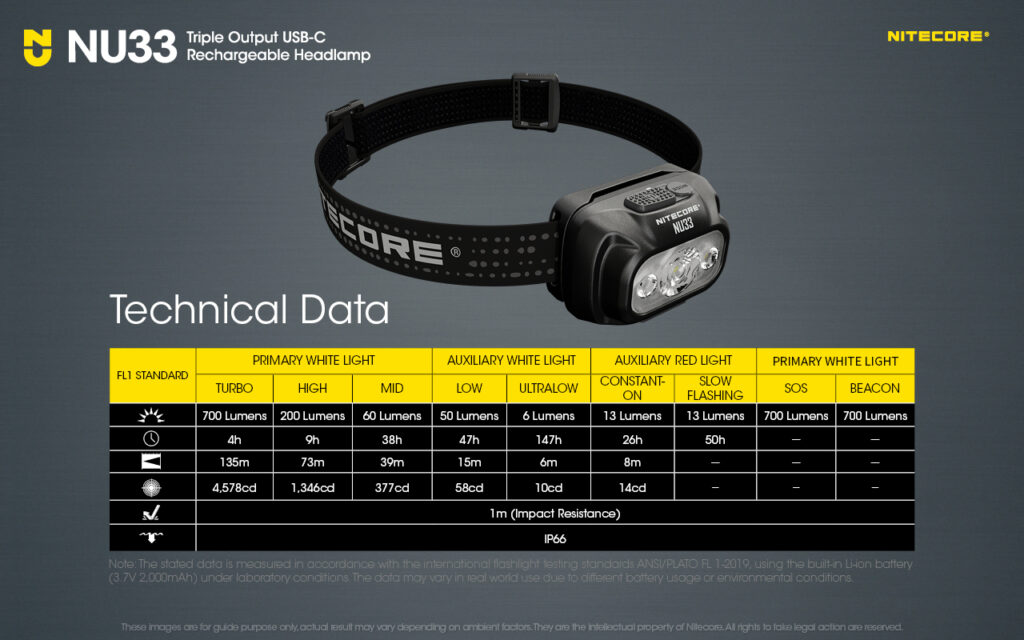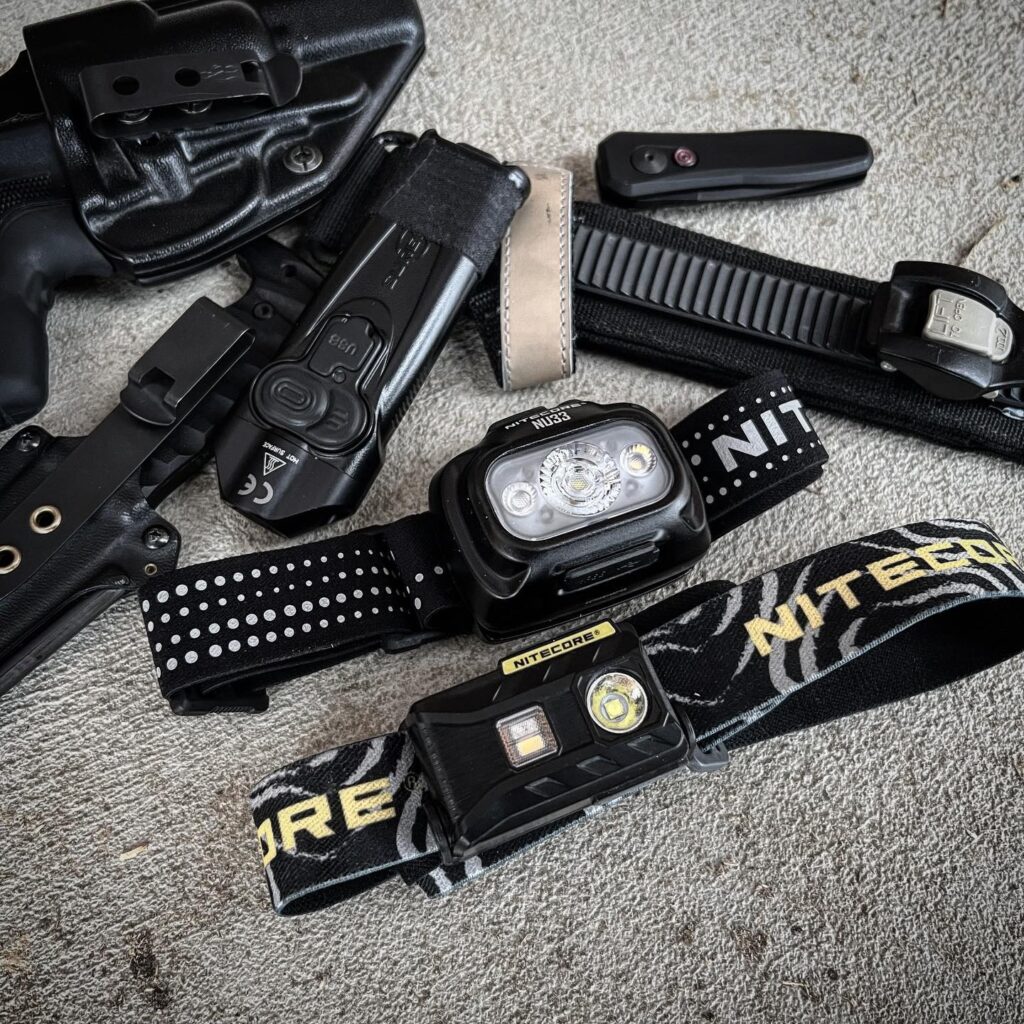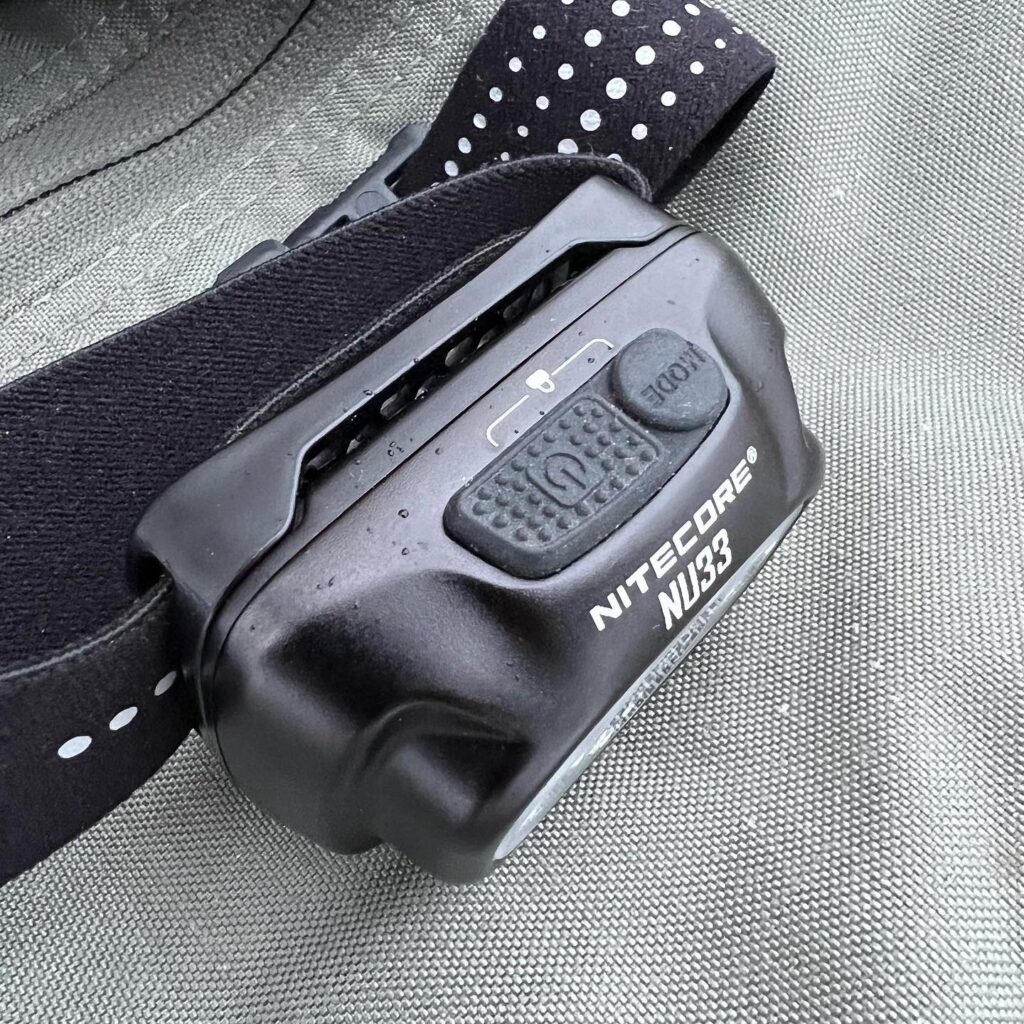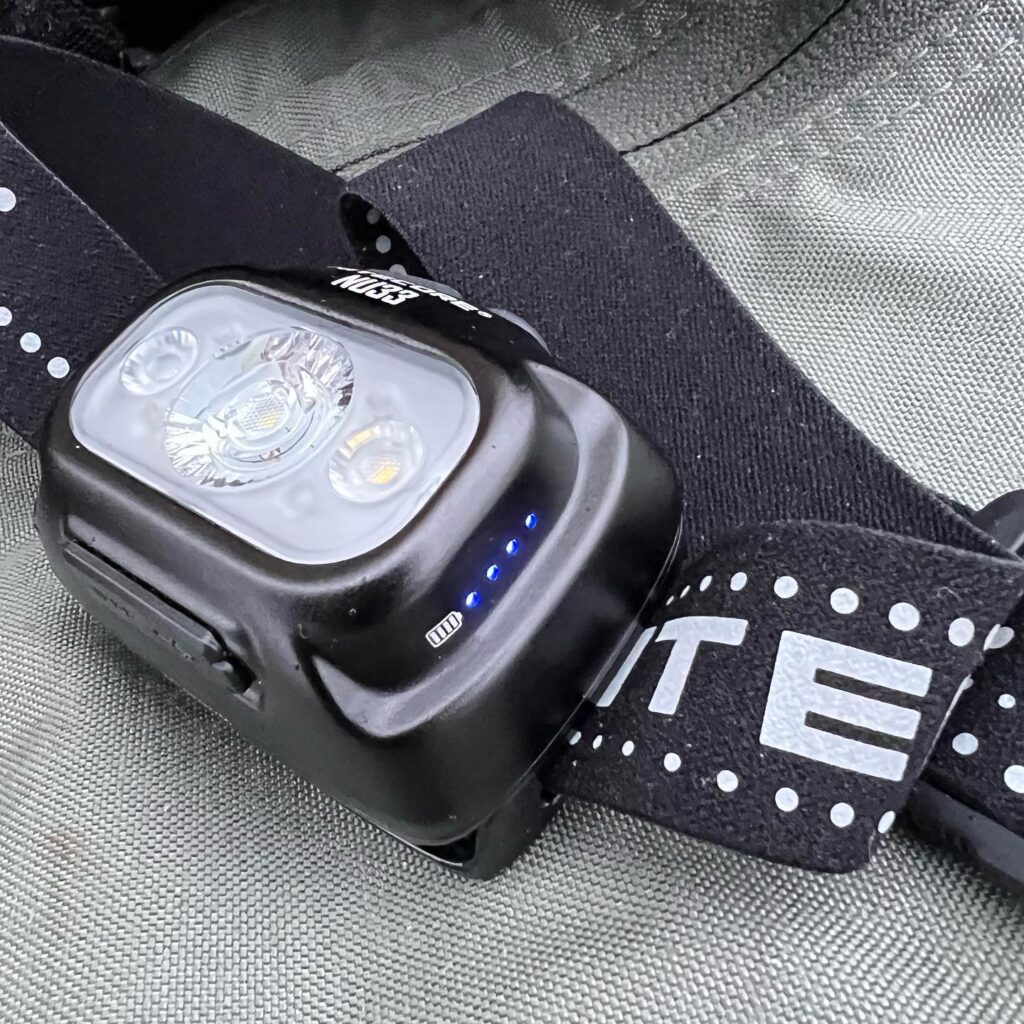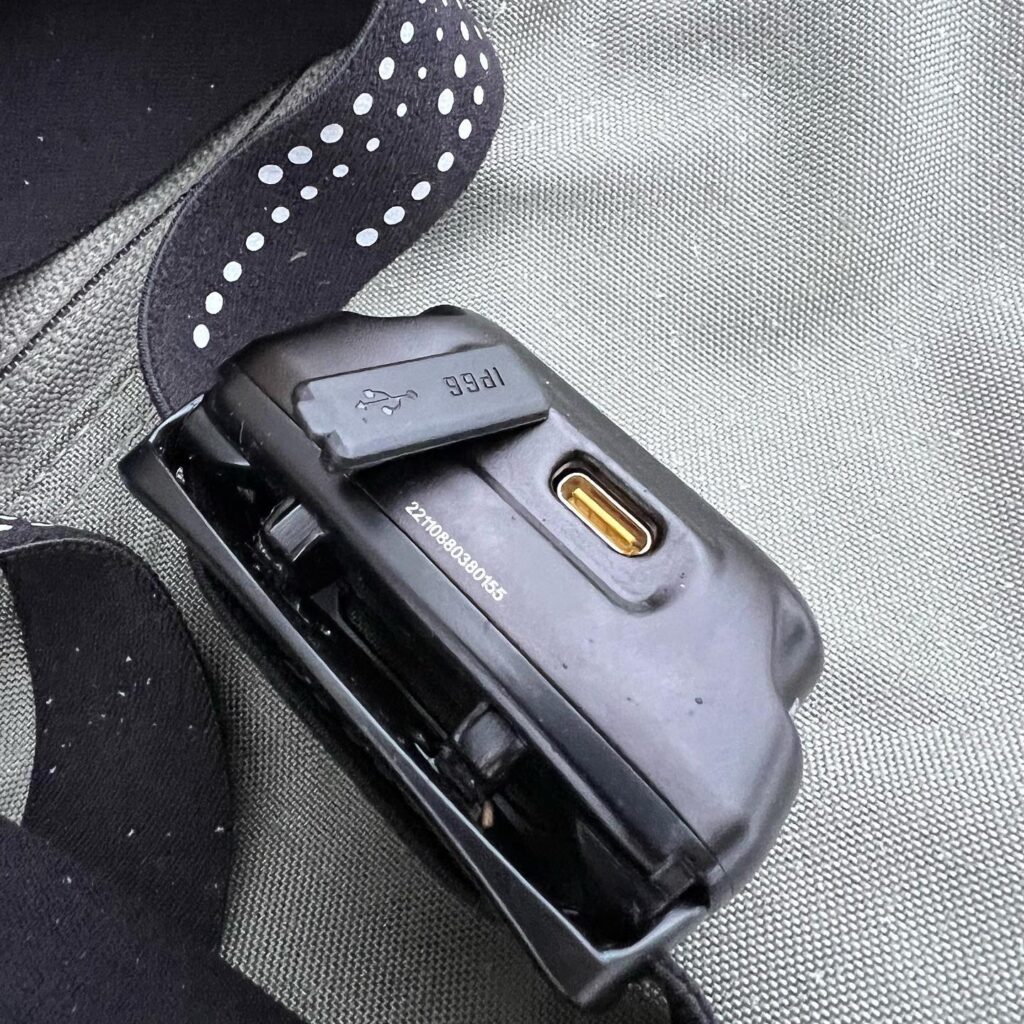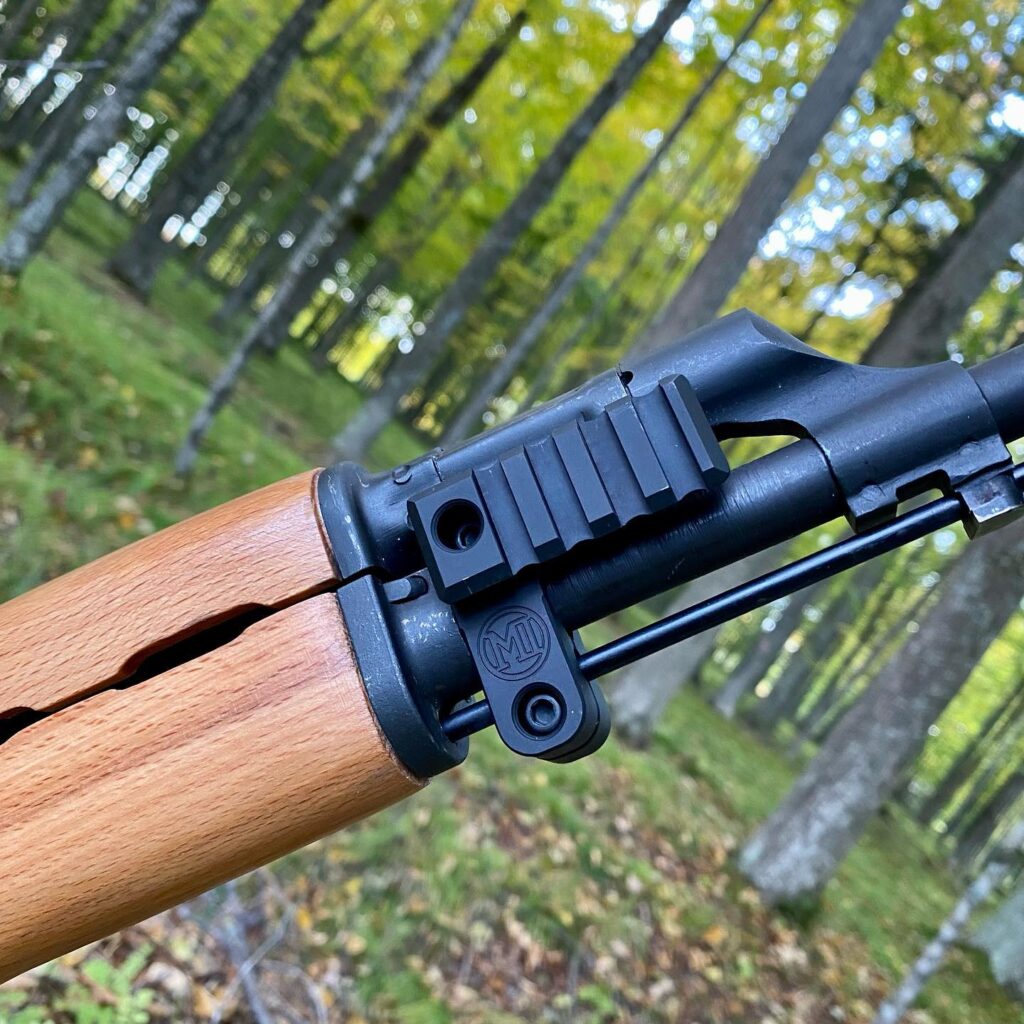My experience with Streamlight’s TLR-7 light of lights goes back to the original version with teeny-tiny lever-style switches. In some ways, the TLR-7 line has changed a lot and in some ways it hasn’t changed much at all since then. Today, I’ll be taking a look at one of the newest entries into the line, the TLR-7X USB.

Specs
- Multi-fuel: Uses one (1) Streamlight SL-B9™ protected Li-Ion USB-C rechargeable battery pack or one (1) CR123A lithium battery
- 500 lumens; 5,000 candela; 140m beam; runs 1.5 hours (CR123A), runs 1 hour (SL-B9™)
- 2.48 ounces (70.31 grams) – 2.64 ounces (74.84 grams) depending on battery
Observations from Use
A lot of my observations of the TLR-7 X USB will be framed by my experiences with the original TLR-7 – a light that I have used a lot and continue to use for the specific use case of carrying in Hill People Gear Kitbag where I found the small switches unlikely to activate accidentally. The original TLR-7 is a light I use often and will continue to use. On paper, the TLR-7 X USB seems similar but in use, there is almost no comparison.
Just reading the spec sheet, the original TLR-7 and TLR-7 X USB should have similar output. I can confirm that the beam shape is similar (if not identical) – a nicely balanced hotspot and spill beam with reasonable throw for an EDC-focused light. However, my new TLR-7 X USB is noticeably whiter and brighter than my original TLR-7 despite the same 500-lumen output on paper.

The new TLR-7 X USB is basically the same compact size and shape except for the longer switches (more on this later). It should fit most holsters intended for almost any iteration of the TLR-7. This is a strong positive because the economical size and Streamlight’s commitment to holster compatibility is one of the things I love about this series and Streamlight in general.
If you are familiar with the TLR-7 A that this light replaces, you will already be familiar with the switches. The original TLR-7 had switches that were almost universally hated (though as mentioned earlier, I have a use case for them). The switches introduced on the TLR-7 A and now used on the TLR-7 X and TLR-7 X USB are universally loved for good reason. They are compact but useable, perfectly shaped, and easy to operate. Switches this good are a luxury on a light this small.
Streamlight’s SL-B9 USB rechargeable battery is included with the TLR-7 X USB (the TLR-7 X is compatible with it but it does not come with one) and this battery is pretty easy to live with. The battery has a USB-C port that allows the user to recharge it without the need for a separate charger. It must be removed from the light to charge but that can be accomplished without removing the light from the host handgun. Both the TLR-7 X USB and TLR-7 X are also compatible with standard CR123A primary batteries.
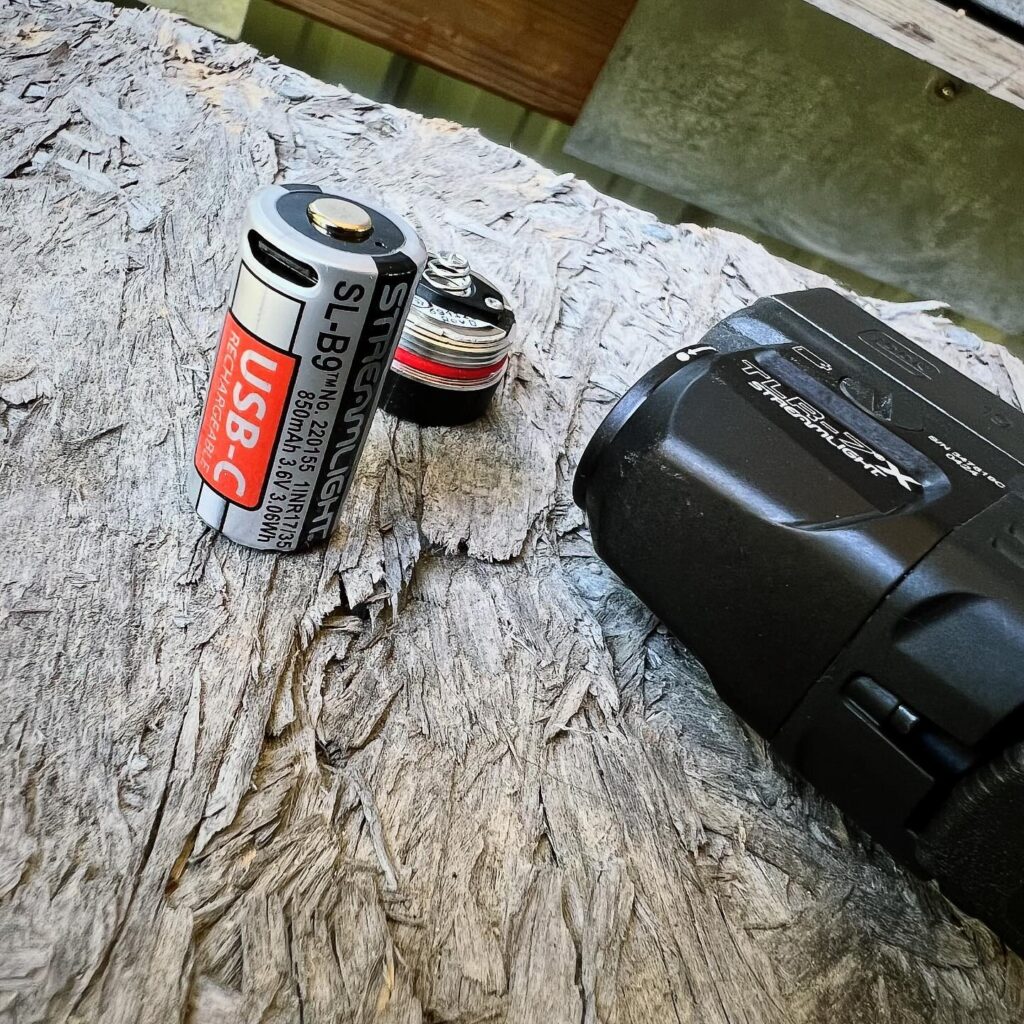
Wrap Up
If you have been away from the TLR-7 line for a while, you’ll find a ton of worthwhile updates in the TLR-7 X – improved switches, improved output, and multiple battery options. If you are coming from the TLR-7 A, you’ll have to decide if the rechargeable battery options is reason enough for you to switch to the TLR-7 X.
If you have never used a TLR-7 series light, now is a great time to try. These lights are compact, bright, reliable, and easy to use.
View all the TLR-7 X USB specs and documentation: Streamlight.com
Link to purchase: TLR-7 X USB at Amazon.com

